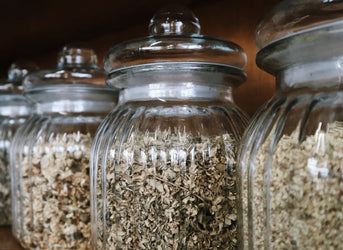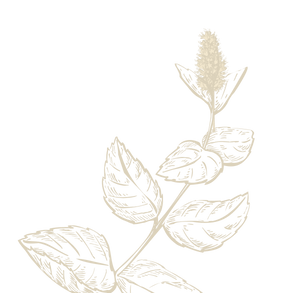
Shiatsu may help you with

Relaxation

Stress relief

Pain relief

Improved circulation

Enhanced flexibility

Better sleep

Increased energy

Emotional balance

Mental clarity

Immune support
Our Shiatsu Therapies
We offer a wide range of therapies. All our therapists are members of professional bodies, are fully trained, insured and have, in many cases, years of experience.

Clinical Massage
Clinical massage therapy utilises advanced techniques and modalities to help with everything from reducing chronic musculoskeletal pain from head to toe to aiding in the relief of stress, depression & anxiety.

Deep Tissue Massage
Deep Tissue Massage, as its name says, focuses on the deeper layers of muscle tissue. It is designed to reach the deep sections of thick muscles, specifically the individual muscle fibres.

Hot Stone Massage
Hot stone massage involves the placement of heated smooth stones on specific points of the body and incorporates them into a massage to promote relaxation, relieve muscle tension, and enhance overall well-being.

Indian Head Massage
During an Indian head massage session, the practitioner uses a variety of massage techniques, including kneading, compression, and rhythmic strokes, to release tension, promote relaxation, and improve circulation in the upper body.

Therapeutic Massage
Unwind and de-stress after a long week. A variety of techniques to soothe tired muscles and promote relaxation. Perfect for anyone looking to escape the stresses of daily life and rejuvenate their mind and body.
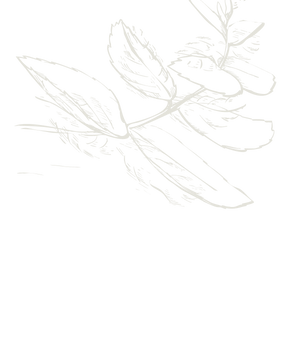
I have known about Napiers for over 20years and have the most amazing medical herbalist who has a clinic in Napiers . Wouldn’t go anywhere else.
Friendly and timely delivery of herbal treatment. I have now accessed Napiers' products and services both online and directly from their shop and clinic and can only recommend them highly. A very friendly, compassionate and professional team all round.
Fab clinic with great herbalists and all other friendly colleagues
Our Shiatsu Therapists
The practitioners here all offer free 15 minute consultations so that you can get to know them as practitioners but more importantly, understand your health & how treatment may progress.
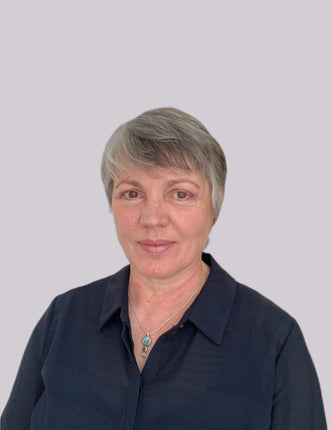
Jacqui Penman
With a background in workplace wellbeing, public healthcare and delivering holistic cancer support Jacqui has followed her interest in holistic health and self-care practices to retrain as a Shiatsu therapist with The Shiatsu School Edinburgh, qualifying in 2023 after three years of study.

Vicky Harvey
I began my shiatsu journey in 1989 at the Glasgow School of Shiatsu. Following a post graduate at the Shiatsu College of Norwich, I have been fortunate to study advanced techniques with many inspiring and internationally respected teachers, most notably Clifford Andrews and Pauline Sasaki.
Our Clinic Locations
We operate in-person clinics in Edinburgh, Glasgow and Bathgate as well offer remote consultations so that you can conveniently get the help you require, no matter where in the world you are. Find out more about each clinic below

Edinburgh
18 Bristo Place, Edinburgh, EH1 1EZ
Glasgow
61 Cresswell Street, Glasgow, G12 8AD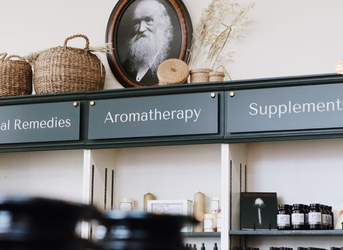
Bathgate
62 George Street, Bathgate, EH48 1PD
CLAID
18 Bristo Place, Edinburgh, EH1 1EZ, 61 Cresswell Street, Glasgow, G12 8AD
Menopause Clinic
18 Bristo Place, Edinburgh, EH1 1EZ